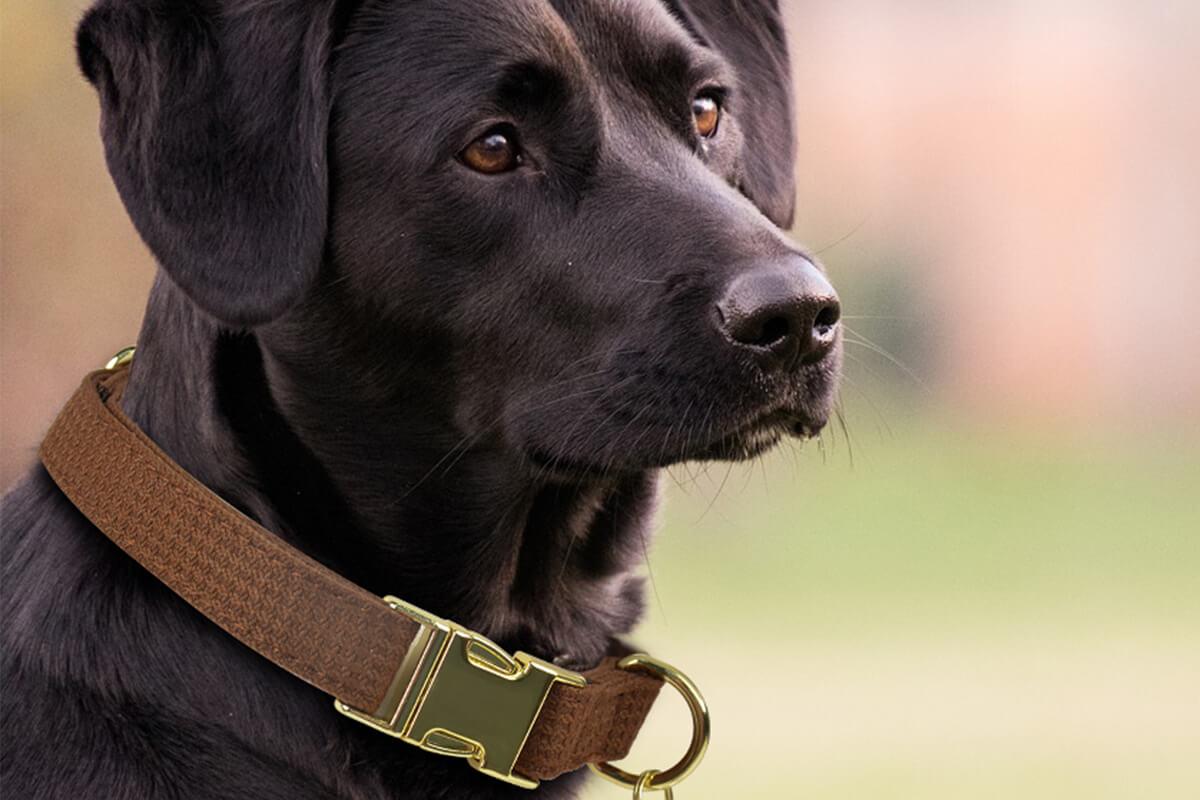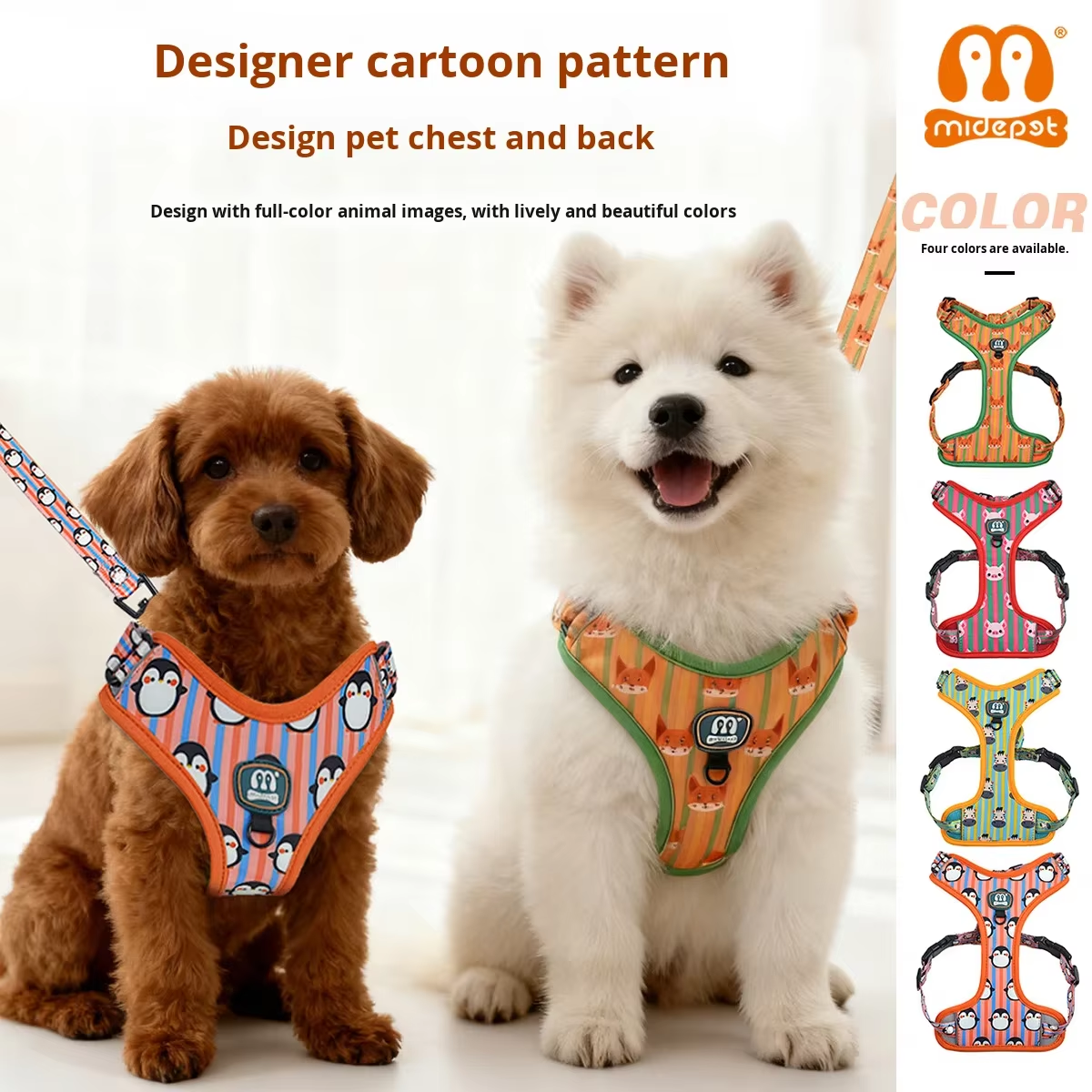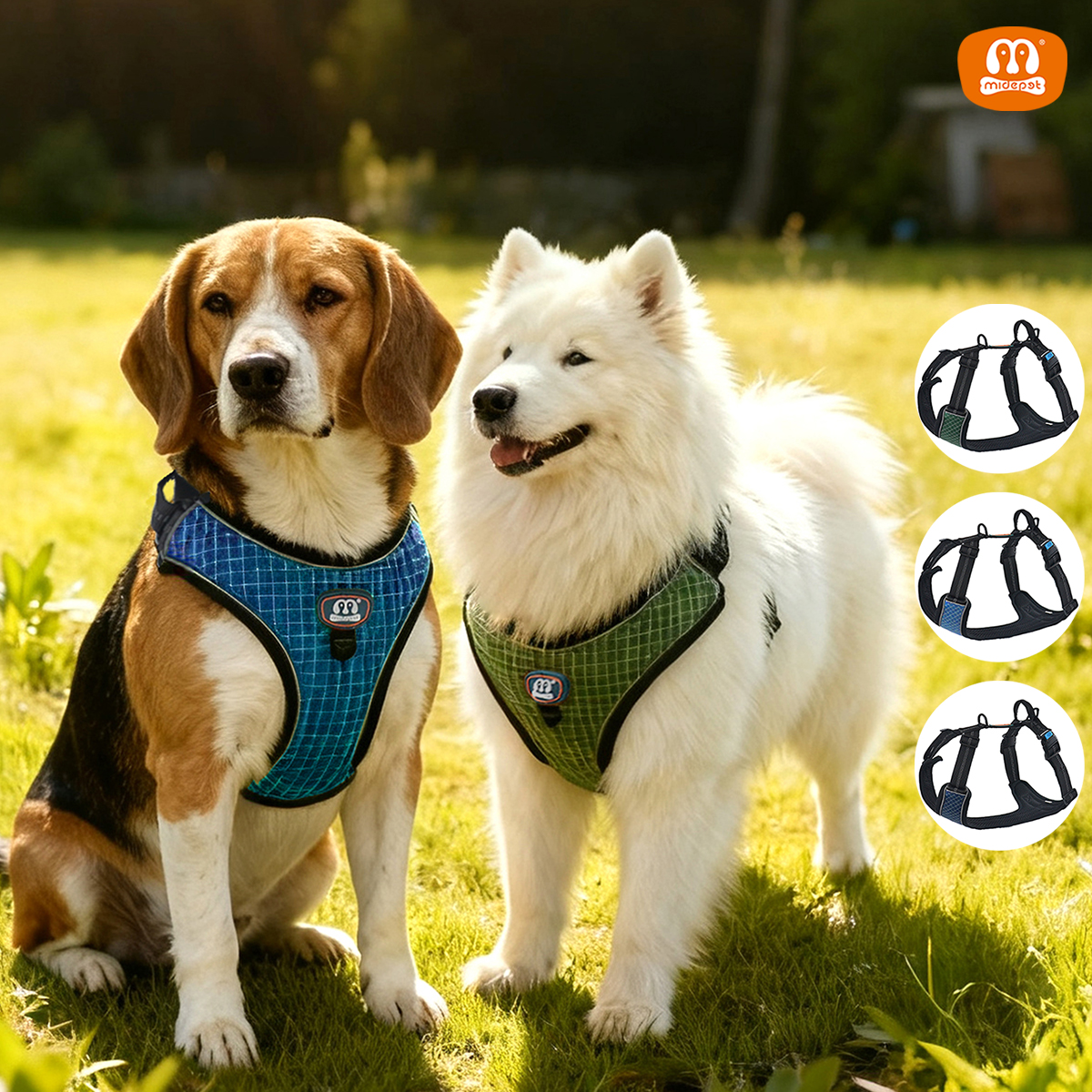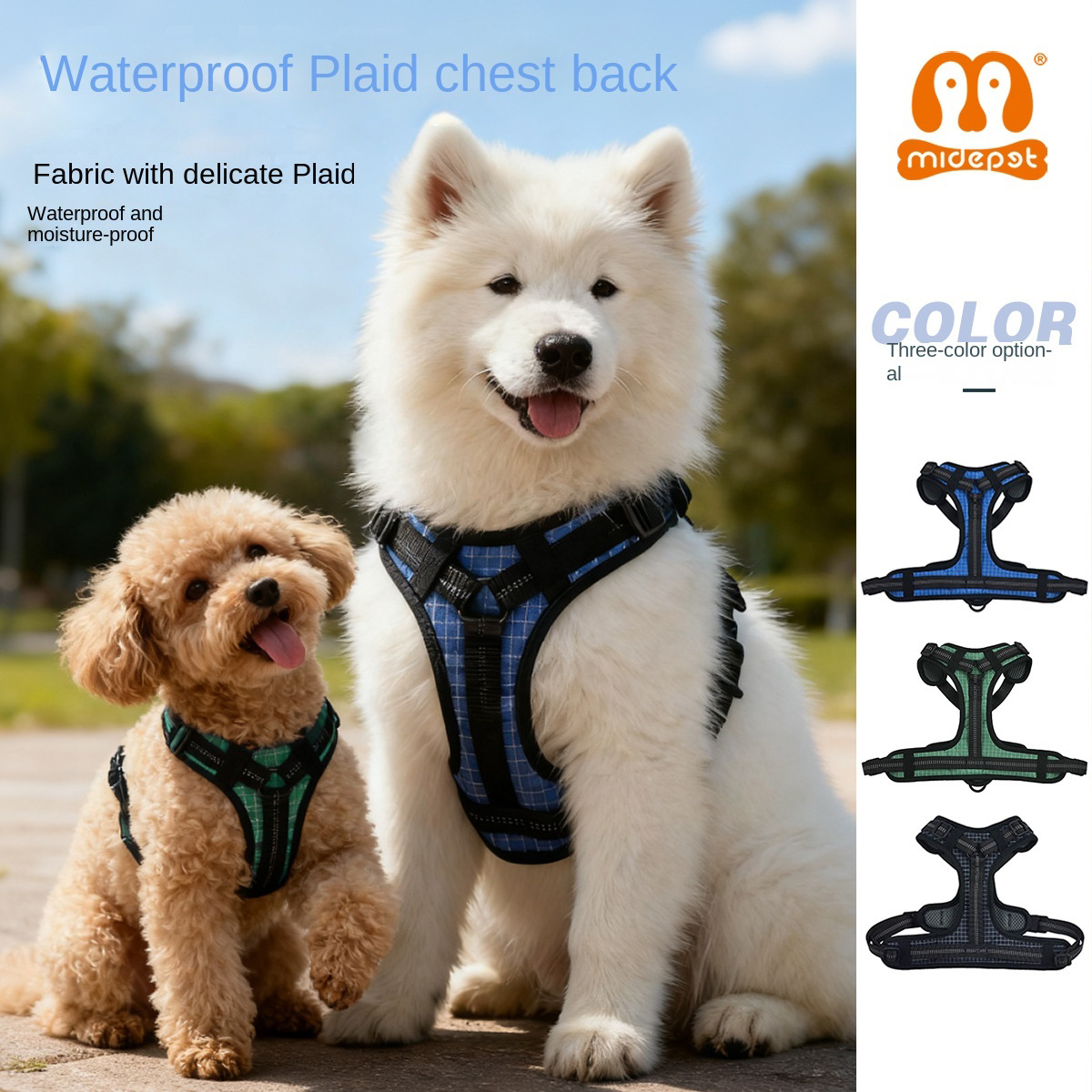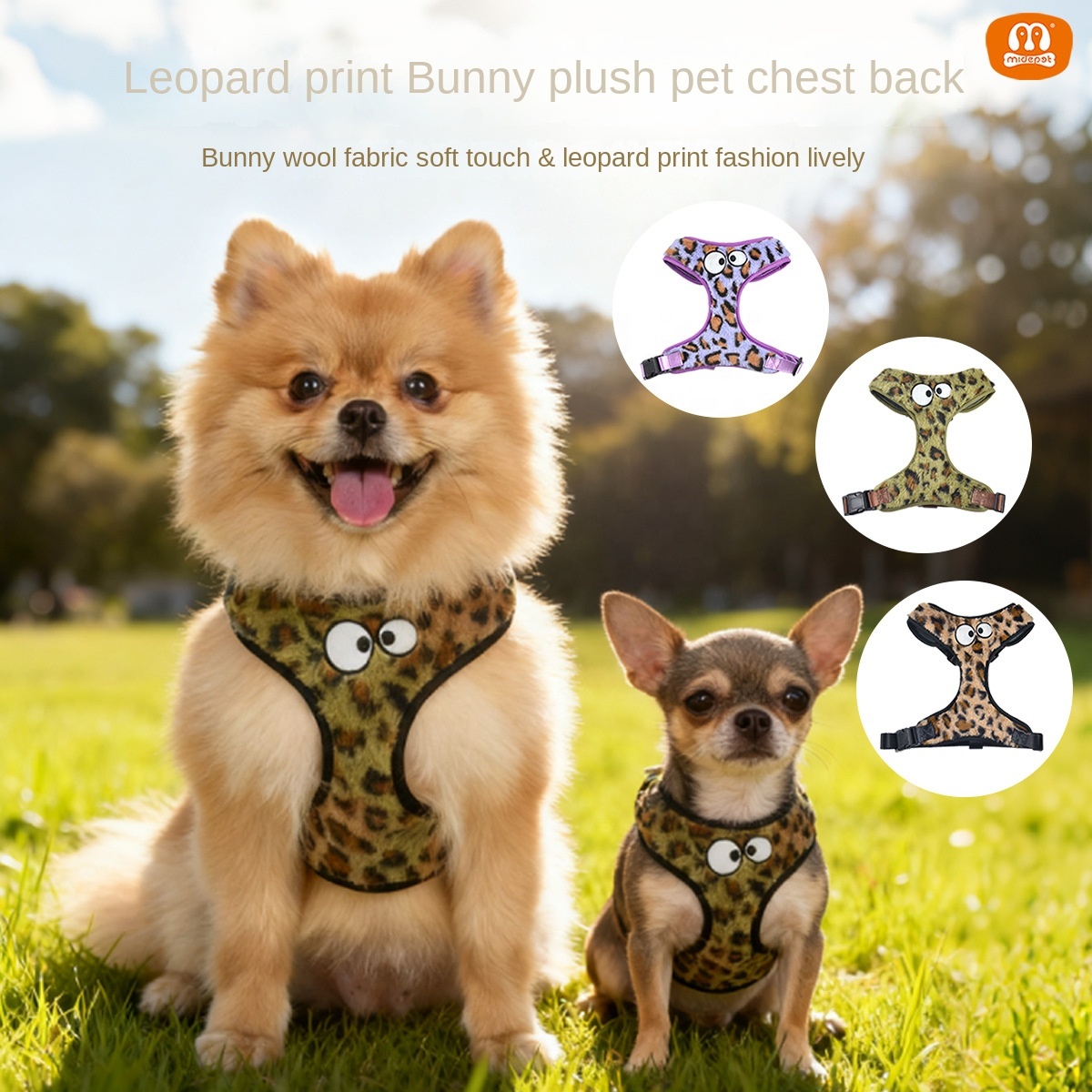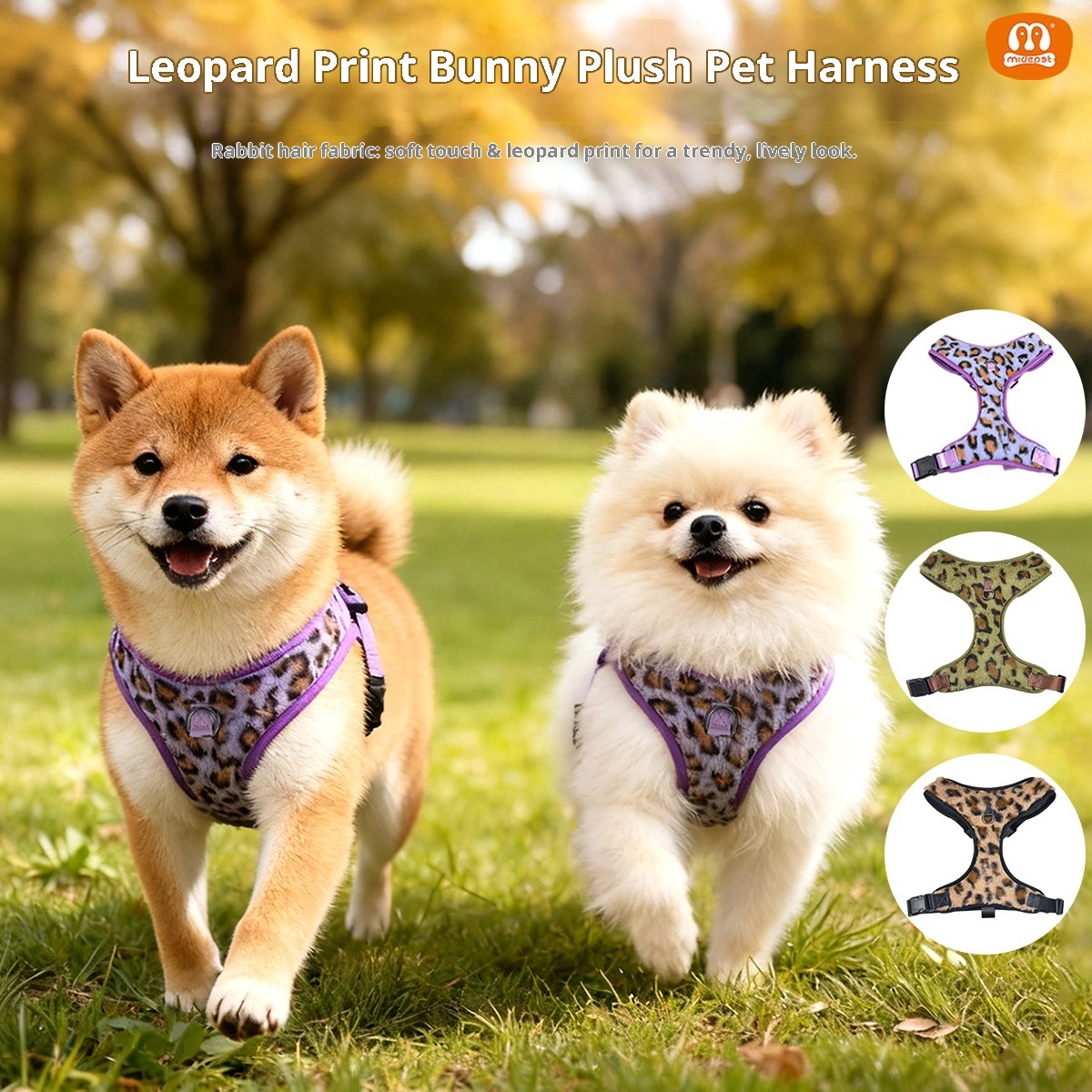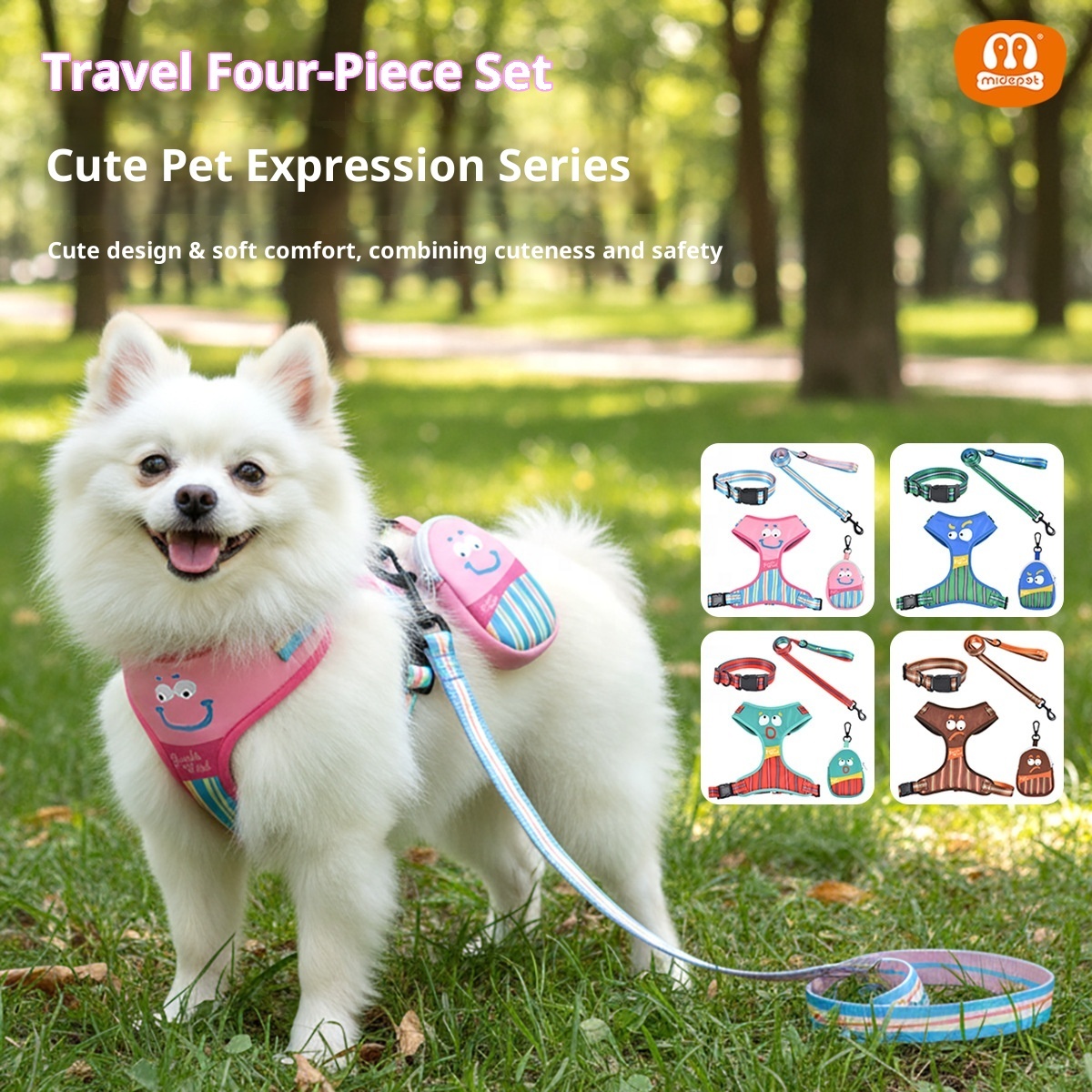How to Import Pet Products from China
How to Import Pet Products from China
Importing pet products from China can be a profitable venture, thanks to its high-quality goods, affordable prices, and extensive range of customizable options. Whether you're looking to start your own business or expand your current product offerings, this guide will help you navigate the process step by step.
Why Import Pet Products from China?
Since becoming the world's largest trading nation in 2013, China has maintained its position as a global trade leader. In February 2023 alone, Chinese exports were valued at approximately $216.7 billion.
Here’s why importing pet products from China is a smart choice:
High Quality at Low Cost: Chinese manufacturers offer high-quality pet products at competitive prices, allowing you to maximize profits.
Wide Product Variety: From pet toys and food to leashes and collars, the options are endless.
Customization Capabilities: Chinese factories excel in large-scale customization, catering to diverse market needs.
How to Start Importing Pet Products from China
Importing from China may seem daunting at first, but breaking it down into manageable steps makes the process easier:
1. Conduct Market Research and Choose Products
Identify what’s in demand in your target market. Popular categories include pet toys, food, leashes, and grooming supplies.
Narrow down your options and look for reliable suppliers who can provide these products.
2. Screen Potential Suppliers
Use platforms like Alibaba, trade fairs, or other B2B websites to find trustworthy manufacturers.
Verify the factory’s qualifications and ensure their products meet local regulations.
Steps for Importing Pet Products
Using Alibaba
Search for Your Product: Use specific keywords like "custom dog collars" to narrow your results.
Post a Purchase Request: Share your requirements so suppliers can respond with their offers.
Here’s a sample template to contact suppliers:
Subject: Inquiry About Pet Product Customization
Dear [Supplier's Name],
I hope this message finds you well. I am interested in purchasing pet products and would like more information:
Product Specifications: Can you share details about materials, sizes, and available designs?
MOQ (Minimum Order Quantity): What is the minimum quantity for customization?
Customization Options: Do you offer OEM/ODM services for logos or packaging?
Pricing: Could you share your wholesale price list, including customization costs?
Shipping: What shipping options are available, and how long will delivery take to [your location]?
I look forward to your reply with your catalog and terms.
Best regards,
[Your Name]
[Your Business Name]
[Your Contact Information]
Finding Suppliers Through Websites
Search on Google with terms like "dog collar manufacturer in China" or "pet product suppliers." Visit their websites and look for:
Factory information, product photos, and certifications.
Signs that they are manufacturers, not resellers.
How to Spot Manufacturers:
Photos and Video: Check photos and videos of their factory to verify their facilities.
Factory Visit: Tell them that your sourcing agent in China is visiting factories this month and would like to visit theirs as well (you don't even need to follow up, just see how the supplier responds). Or, you can actually do it.
Customization: Factories have the machines needed to make products, so they can customize more easily than resellers. If you ask the supplier for custom physical changes and they can't do it, is it because their machines can't handle it? Or is it because they don't have any machines to begin with?
Product Line: Resellers usually offer a wide variety of products with different materials. Ask yourself: Does it make sense for these items to be made in the same factory? If the supplier sells flea collars and selfie sticks, they are likely a reseller. A real factory will have a narrow focus in a specific area.
Payment:
Good suppliers will offer payment methods like PayPal and Alibaba Trade Assurance. These methods have some fees and restrictions, so they are a good sign of trust. However, a good supplier might not have Trade Assurance set up and may prefer T/T wire transfer instead, so this is not a strict rule. You can pay for your first order via PayPal or Trade Assurance and switch to wire transfer once you confirm the quality.
No need for fluent English or a great website. It's well-known that factories aren't good at marketing. Don’t dismiss a supplier based on their English or website appearance. What's more important than perfect English is their attention to detail, the effort they put into answering your questions, and their area of expertise.
Sample Refund:
Pay for the sample using PayPal and ask if they can refund the sample fee if you place a bulk order. Confirm that they won’t lose money in the process, and this will motivate the supplier to complete the order. You get your sample payment back, and they get more business.
"Long-Term" Appeal:
If you can't agree on price, try negotiating future orders. You might say, "This order is only worth $3000, but we’re a growing company. A successful order today might lead to repeat business: $5000, $10,000, $20,000. What’s the best price you can offer?" You can get a lower price, and they gain a long-term partner.
Have a Budget:
Set a final amount you want to spend on the order and stick to it. With MOQ, modifications, packaging, and shipping, it's easy to go over budget. If possible, share your budget with the supplier and ask how you can work together to make it fit.
Once you’ve found a supplier, gathered their information, and negotiated the price for a bulk order, you need a sample unit to test the quality. Ordering in bulk without samples is... risky. Always sample first.
Here’s a Breakdown of a Sample Order:
Sample Fee = Product cost. It's free unless you’re making a custom sample.
Custom Work Fee = Custom logo printing, setup, stitching, mold costs (which can be expensive).
Shipping Cost = Likely air shipping (DHL, UPS, FedEx), which will make up a large portion of the sample cost.
How much should you expect to pay? Prices range from $30 to $200 depending on your product’s complexity.
Once the Sample Arrives, Here’s How to Handle It:
Photography (take photos first, while it’s still undamaged).
Durability testing (drop test, waterproofing, material).
Tips for Selling Imported Pet Products to Local Businesses
Once your products arrive, you’ll need to market them effectively:
Local Branding
Customize your packaging and labels to align with local preferences and culture.
Distribution Channels
Partner with local retailers or pet stores to streamline your distribution process.
Product Updates
Continuously adapt your product offerings based on customer feedback and market trends.
Why Choose MIDEPET for Your Pet Product Imports from China?
If you're looking for a pet product factory in China, consider working with us at MIDEPET. Here's why they stand out:
Custom Solutions: They offer full customization, including OEM/ODM services.
Decades of Experience: With over 10 years of manufacturing and exporting experience, they ensure high-quality products.
Fast Delivery: Their efficient production process guarantees timely shipments.
By working with MIDEPET, you can enjoy better control over product quality and maximize your profits through direct factory collaboration.
FAQS
What are the benefits of importing pet products from China?
Importing pet products from China offers high-quality goods at low costs, a wide variety of options, and customization capabilities, which can help you maximize profits.
How do I start importing pet products from China?
Start by conducting market research, identifying popular products in your target market, and then finding reliable suppliers through platforms like Alibaba or trade fairs.
How can I find trustworthy suppliers for pet products in China?
Use B2B platforms like Alibaba, Google, or trade fairs to find suppliers. Verify their factory qualifications, check product photos, and ask for certifications to ensure they are legitimate manufacturers.
What should I ask suppliers when contacting them?
Inquire about product specifications, minimum order quantities (MOQ), customization options (OEM/ODM services), pricing, and shipping details.
How can I ensure the supplier is a manufacturer and not a reseller?
Look for signs such as factory photos or videos, inquire about their production capabilities, and check if they specialize in a specific product category.
What payment methods should I use when ordering from Chinese suppliers?
Reliable suppliers will offer payment methods like PayPal or Alibaba Trade Assurance. You can also consider T/T wire transfer for bulk orders once you've confirmed the quality.
Can I get a refund for sample fees if I place a bulk order?
Yes, some suppliers offer a sample fee refund if you proceed with a bulk order, which can motivate them to fulfill the order and build a stronger partnership.
How can I negotiate for better pricing?
If the price is too high, discuss the potential for future orders to get better rates. Highlight your growth potential and long-term partnership opportunities.
How much should I expect to pay for a sample order?
Sample costs typically range from $30 to $200 depending on the complexity of the product. Additional fees may apply for customization and shipping.
What should I do once I receive the sample product?
After receiving the sample, conduct durability tests, take photos for documentation, and ensure it meets your quality standards before placing a bulk order.


